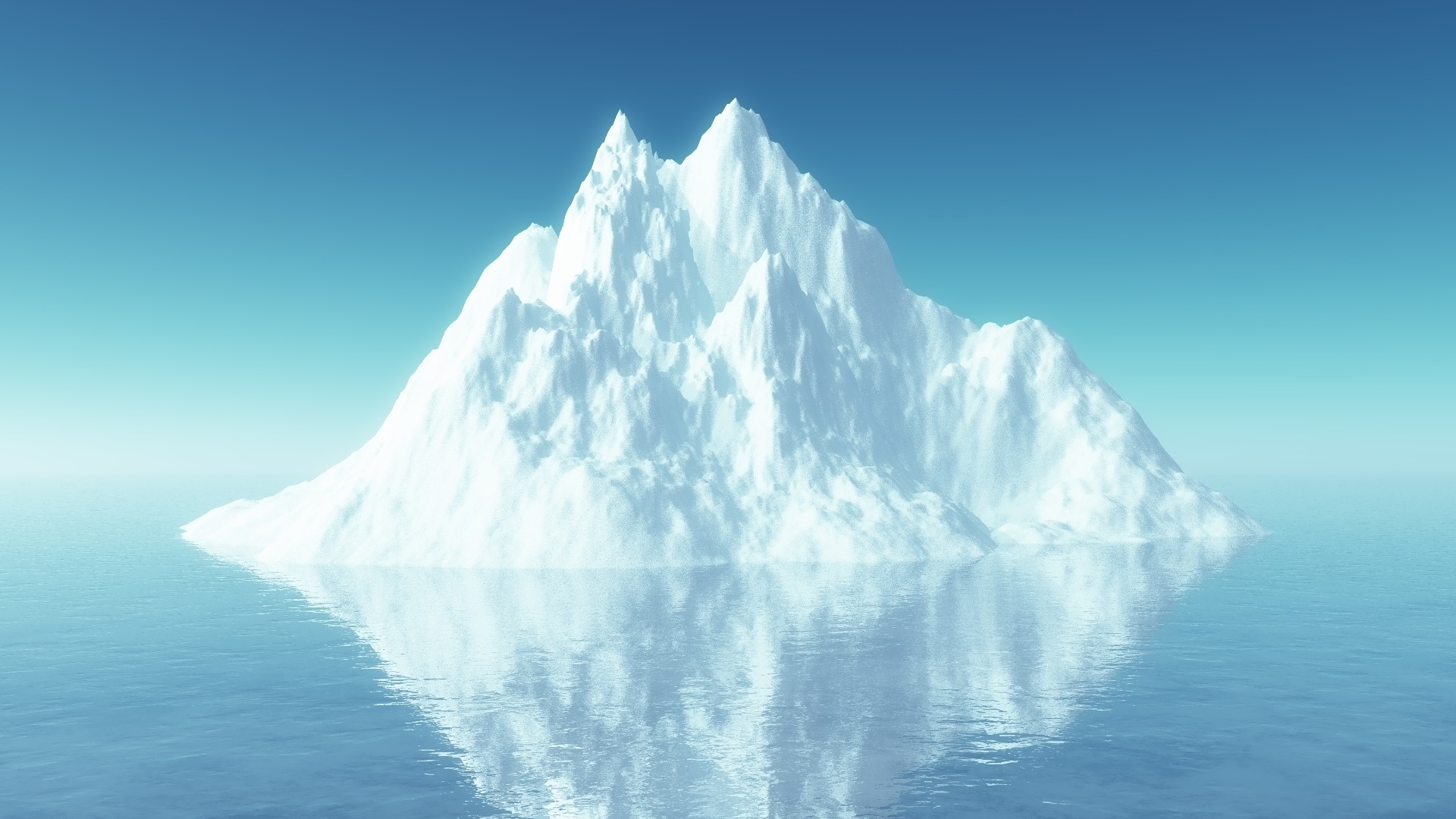
A23a, The Biggest Iceberg In The World, Finally Moves

After being stuck to the ocean bottom for more than 30 years, the gigantic iceberg has started to budge.
The colossal A23a iceberg, originally breaking free from West Antarctica's Filchner-Ronne Ice Shelf in 1986, has finally loosened its grip from the floor of the Weddell Sea.
Spanning a whopping 1,500 square miles, this Antarctic behemoth, thrice the size of New York City, made headlines for its immense scale and unusually prolonged stationary state. Initially home to a Soviet research station, the iceberg's firm attachment kept it stranded for years until recent satellite observations revealed its dramatic shift due to robust winds and currents.
Glaciologist Oliver Marsh from the British Antarctic Survey highlighted the rarity of witnessing such a monumental iceberg in motion, underlining the scientific vigilance monitoring its newfound trajectory.
As A23a gains momentum, it's predicted to join the Antarctic Circumpolar Current, traversing 'iceberg alley,' a route teeming with similar icy formations, and potentially reaching the Southern Ocean.
However, its movement could lead to another grounding, possibly at South Georgia Island, presenting challenges for the region's diverse wildlife. This scenario poses access issues for millions of breeding seals, seabirds, and penguins that rely on the island's surroundings.
Similar concerns arose in 2020 with A68, a colossal iceberg that threatened South Georgia before fragmenting into smaller pieces, a possible fate for A23a.
Marsh stressed the endurance of icebergs like A23a in the Southern Ocean, hinting at the prospect of it journeying towards South Africa, disrupting maritime routes.
The iceberg's shift not only captivates scientists but also underscores the impact of climate change on polar regions. Ongoing observations aim to decipher A23a's course and its impending fate.
While solitary icebergs like A23a seem isolated at sea, they play a vital role in marine ecosystems. Their meltwater nourishes phytoplankton, krill, and seabirds, aiding carbon sequestration crucial for climate regulation.
Yet, such colossal icebergs, like A23a, pose intricate challenges to marine life, spotlighting the delicate balance within Earth's ecosystems.
Source: timesofindia.com








